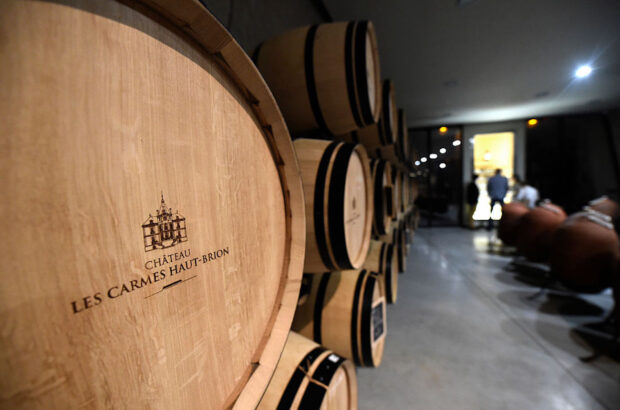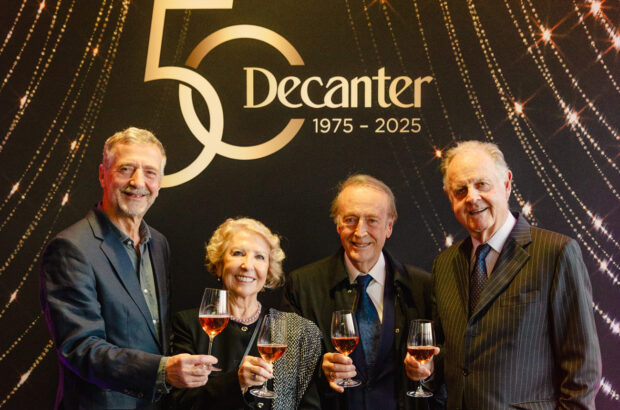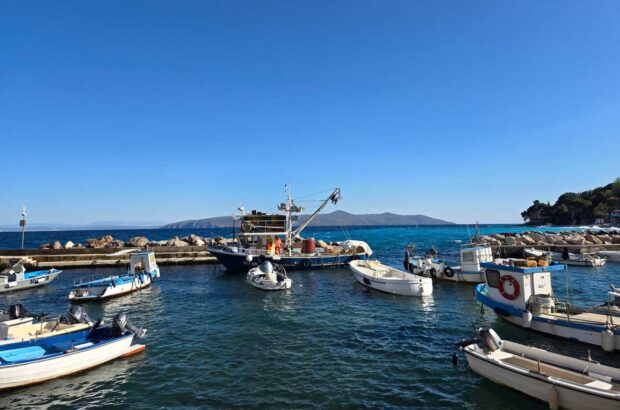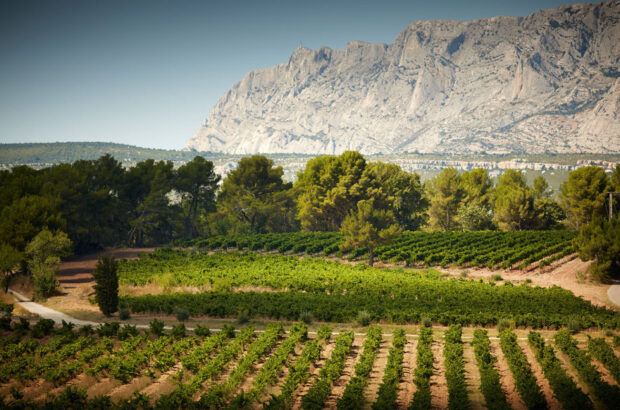The combined annual production of Prosecco DOC [exceeding 500 million bottles for the first time in 2020] and Prosecco DOCG [92 million bottles] has long since overtaken that of Champagne, which averages about 300 million bottles shipped annually. And easy accessibility has possibly created a certain over-familiarity and perception of uniformity among consumers. But Prosecco is evolving, offering diverse and exciting new routes into Italy’s most popular sparkling wine, in ways that challenge the stereotypes. As Luca Giavi, director of the Prosecco DOC consorzio says, the mindset needs revising. Today we have to think not of ‘Il Prosecco’, but of the plural ‘I Prosecchi’.
Conegliano Valdobbiadene Superiore DOCG
Modifications to the production norms in 2019 introduced two new categories into the Conegliano Valdobbiadene Superiore DOCG: extra brut (up to 6g/L residual sugar) and the bottle-refermented Sui Lieviti (on the lees). Incidentally, both categories were already officially recognised in the smaller DOCG of Asolo Prosecco, across the Piave river.
Bottle-refermented Prosecco – rather than by the commonly used Charmat ‘tank’ method – has long been produced in the DOCG area, but until recently it lacked official recognition. Following a method pre-dating modern vat refermentation, Sui Lieviti (also known as ‘col fondo’) is made by bottling still wine in early spring with its own sugar and fine lees to make a delicate, finely integrated bubbly and a bone-dry, tangy, citrusminerally character. The issue currently engaging producers is the carbonic pressure of this style of wine. Sui Lieviti is for full-on, bubbly ‘spumante’, while traditional wines, with roughly half the atmospheres, are officially ‘frizzante’.
Many producers, including the prominent Loris Follador at Casa Coste Piane and Christian Zanatta at Ca’ dei Zago, the winemaker who most closely represents the artisan tradition, have preferred not to move up into the spumante category on the grounds that the extra creamy texture that comes with it detracts from the character they wish to achieve in the wine. Others, such as Adami, Marsuret and Sorelle Bronca, make the more sophisticated spumante style without losing the slightly rustic authenticity. Both styles work.
If Sui Lieviti is about bubbles, the debate around the new extra brut category is about sugar. Despite the general trend towards ever drier styles, many producers have preferred not to take up the extra brut option and to stay in the comfort zone of the brut style (up to 12g/L residual sugar), where well-judged residual sugar helps to bring out the fruit and give flesh on the palate, without leaving a sensation of sweetness.
Brut wines tend to be more consistent than extra brut, but it could be argued that with their low sugar, the latter are a more direct expression of terroir. It has to be said, however, that not all sites are equally suited to the production of extra brut, and in this context the steep-sloped Rive sub-zones of the DOCG area acquire particular significance. The generally more subtle, delicately floral wines of Valdobbiadene can come across hard and lean in very dry styles, but can also have an exhilaratingly crisp, incisive purity if from, among others, the Rive of Colbertaldo (Miotto), Santo Stefano (Le Colture), Col San Martino (Bortolomiol), Farra di Soligo (Adami; La Farra), and Farrò (Sorelle Bronca). Wines from Ogliano in the Conegliano side of the DOCG (Biancavigna; Borgo Antico), on the other hand, are naturally broader and more structured, which makes for a very successful, rounded style of extra brut.
If bone-dry Prosecco is an invitation to revise expectations, late-bottled and mature vintages pose even more of a challenge to the common perceptions. In 2014, Paolo Bisol from Ruggeri put to one side a 4,000-litre vat and waited… He released the extraordinarily multifaceted Ruggeri, Cinqueanni (£55 The Great Wine Co) in 2019. The experiment proved that Prosecco can evolve finesse and complexity with age. The current vintage of Nino Franco’s outstanding Grave di Stecca Brut is 2015 (£20.32 Lay & Wheeler) and bottles back to 2008 are drinking perfectly (the 2013 is sublime). Also splendid are the 2016s from BiancaVigna, Merotto’s Cuvée del Fondatore, Bortolomiol’s Grande Cuvée del Fondatore and Ruggeri’s Vecchie Viti from 80-year-old vines (2019, £32.99 Valvona & Crolla). Though these may not be easy to find, they offer a glorious dimension to Prosecco that is rarely glimpsed, but which deserves to be cultivated.

Stefano and Marco Spagnol
Prosecco DOC Rosé
The big news from Prosecco DOC in 2021 was the rollout of Prosecco Rosé – which finally received its official approval in late 2020.
Big is the operative word: the initial release was estimated at about 60 million bottles – a demonstration of the extraordinary productive potential of the zone, which stretches from Treviso in the Veneto across Friuli Venezia Giulia to Trieste on Italy’s eastern border with Slovenia.
Take-up of the Rosé DOC has been immediate, not least because more than half of the current Prosecco DOC producers were already making a generic sparkling rosé prior to the arrival of the new denomination. The task of the Prosecco consorzio, which coordinated the various stages of research that led to the creation of the new DOC, was to establish stylistic consistency and quality standards for this heterogeneous production and pave the way for what is destined to become the Italian pink sparkler. It would make an interesting case study.
Prosecco Rosé is based on a quite strictly defined cuvée of 85%-90% Glera and 10%-15% Pinot Nero (vinified as red wine). There was canvassing for the inclusion of native varieties such as Raboso in the Veneto or Refosco in Friuli Venezia Giulia, but Pinot Nero was the logical choice, since it has been widely grown in both regions since the late 19th century.
Refermentation is by the widely used Charmat method, in tank, and wines must age on the lees for a minimum of 60 days. Declaration of the vintage is mandatory.
Much of the research that went into the formulation of the production norms for Prosecco Rosé revolved around the fundamental issue of colour, with micro-vinification experiments juggling the variables of yield, percentages of the blend and time on lees.
The outcome is a shade of pink which corresponds closest to ‘peach’ on France’s Côtes de Provence scale and also, given the presence of Pinot Nero, recalls a pale Sancerre rosé. In terms of sugar levels, nearly three-quarters of the current production is extra dry (12-17g/L) and most of the rest is brut.
The consorzio’s declared objective is to maintain the charm and immediate appeal of Prosecco, with an extra touch of individuality. The first impression, in this regard, is that the wines hit the spot; the Pinot adds a little structure and a note of red fruit to the gentle floral character of the Glera. At the top end of the extra dry scale, the wines may come over a little sugary for some tastes, but the drier Prosecco Rosé styles add a quintessentially Venetian touch to light fish dishes at a candlelit supper.







